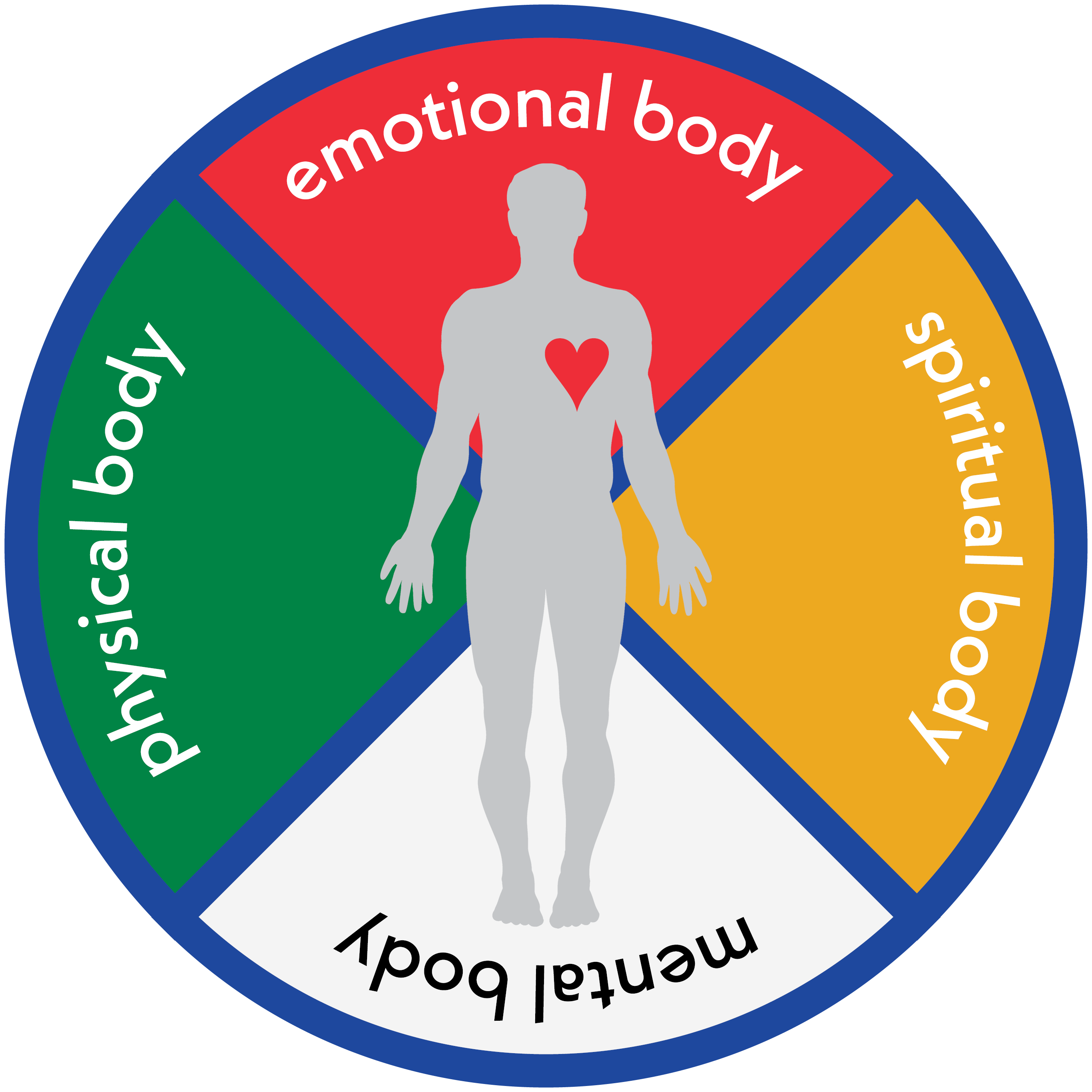The Advanced Treatment Center for Integrative Psychiatry is located within the NeuroDiagnostic Institute and uses integrative psychiatry. IP is a patient-centered model of care that combines conventional psychiatric treatments with evidence-based therapies to promote whole person healing and long-term wellbeing. The ATC treats the patient’s illness while also improving their health at the same time, and uses a foundational model that all people are made up of a physical, mental, emotional and spiritual bodies.
Our Model
Physical Body - The goal is for the patient to be more in touch with their physical body, release stored traumas and emotions from the body, and mobilize physical wellness.
Emotional Body - The goal is being able to experience emotion with less suffering and improve the ability to flow with emotion and express or release it in healthy ways.
Spiritual Body – The goal is to support people to investigate and get in touch with their spiritual body. For some this is religion, for some it is nature, and for others it can be anything they feel is healing for their spirit like a hobby, family or friends.
Mental Body – The goal is to silence the brain if it is overactive and improve cognition in those whose brains are underactive due to cognitive dysfunction.
Admittance
All patients admitted to the NDI are eligible and screened for possible treatment in the ATC. It must be safe for patients to leave their unit, and they must be willing to participate. The ATC uses an assessment tool that uses the patient’s symptoms as a guide as to which modality would be most beneficial.
The patient then receives a six-week course of treatment and is eligible to do another six-week course of a different modality as they progress and improve. Patients may receive treatments as long they are a patient at the NDI and may be discharged from the hospital when they meet the discharge criteria independent of the Advanced Treatment Center.
Our Modalities
- Yoga - Uses meditation and physical poses to promote relaxation, stress reduction and a centering of self. Our patients primarily do yoga in chairs working on their breath. This helps relax the nervous system which calms the mental and emotional bodies. It also connects patients to their physical body.
- Sound healing - Uses a variety of music and sounds to create a therapeutic atmosphere that can encourage relaxing brain states and recenter a person’s focus and emotional state. This helps to balance the emotional and mental bodies.
- Neurofeedback - Uses a headset to comfortably track certain brain waves. A computer program then uses a digital tool to teach the patient to bring their brain into a calmer brain wave state. Over time the patient no longer needs the tool to calm their brain themselves. This helps balance the mental and emotional bodies.
- Grounding - Uses a combination of guided meditation and an earthing mat connected to the earth through an outlet to help a patient become more centered. This can help patients to connect more with their physical body and improve focus in the mental body.
- Integrated Psychological Therapy - Is group therapy that improves the ability to focus, solve problems and the ability to socialize in people with schizophrenia. This improves the mental and emotional bodies.
- Reiki - A trained clinician places their hands close to the patient’s body and uses their energy to balance the patient’s energy. This restores balance over time to the physical, emotional, mental and spiritual bodies.
- Sensory rooms - These rooms are in all units and use many tools like certain furniture, weighted blankets, white noise machines, fidget toys, etc. to either increase or reduce stimulation to the nervous system. These can be used to calm a patient when they are anxious or beginning to become agitated. The rooms help to calm the emotional and mental bodies.
- Light therapy - A patient is seated in chair as a large bright light is moved into place in front of them. The patient then proceeds to stare into this bright light, as it has been shown the light can help soothe seasonal depression, as well as the severity of other causes of depression. This treatment focuses on the emotional and mental bodies.
